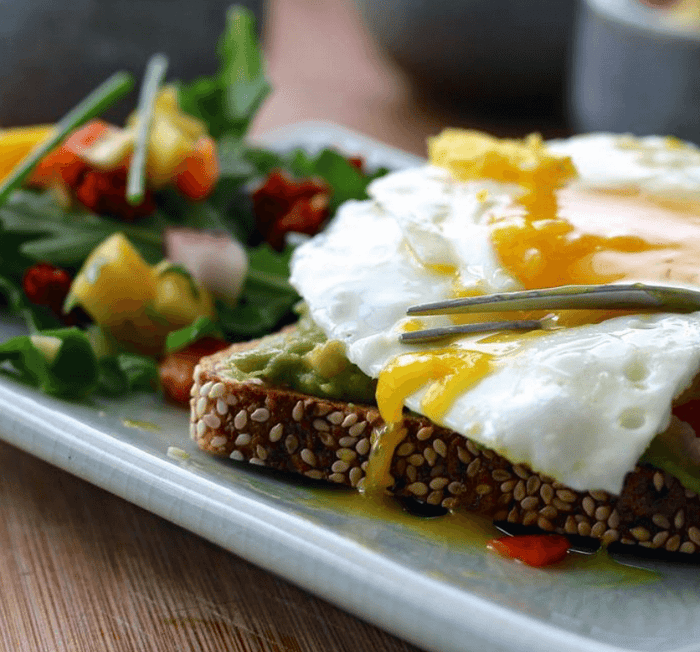Floods are known to be the deadliest natural disaster in the world. Except for the apparent danger of drowning and getting injured by the debris and other items in the water flow, floods can provoke and help spread waterborne diseases, leave people homeless and deprive them of qualified and timely medical assistance, destroy the local economy and destroy the regional economic infrastructure.
However, the most significant health and even life hazards caused by floods are connected with food. Affected by floodwater, food may become dangerous, lead to severe poison cases, and spread and worsen numerous diseases.
Protecting your house from floods is the primary way to prevent water damage to your food supplies. Flood barriers installed at every passage of your home are, among many other things, a guarantee that your food supplies will be protected from floodwater and dangers.
In this article, we shall talk about ways to prepare your food supplies for the flood season and determine whether the food you are left with after the flooding is safe to eat.
Which food is safe to eat after floods?
After the water retreats, the biggest question is how to ensure your family`s safety in a house that has been affected by a flood. Whether you have stayed in the place during the flood or evacuated and now return to your home, it is essential to understand that some things and items become potentially dangerous after they come into contact with water.
That is why experts strongly recommend against turning on the lights and using an electric appliance or even entering the house after the flood before being inspected by a qualified professional.

However, most people consider themselves qualified enough to determine which products are safe to eat when it comes to food. Unfortunately, the fact that your food supplies might have been spoiled by the disaster is not always obvious and can be seen or smelled right away. As a result, many people get poisoned without even knowing and may not even connect their health issues with the food they have consumed several days before.
The rule of thumb, in this case, is to instantly get rid of all the unpackaged food or products in packages that might have been damaged or affected by floodwater.
Here is the list of foods that you should get rid of immediately after their contact with floodwater:
-
Liquids or beverages in crown capped bottles or containers with pull-tops, corks or screw caps.
-
Unopened jars with waxed cardboard seals such as mayonnaise and salad dressing.
-
Spices, seasonings and extracts.
-
Meat, poultry, fish and eggs.
-
Flour, sugar, grain, coffee and other staples in canisters
-
Home-canned foods.
-
All foods in cardboard boxes, paper, foil, cellophane or cloth.
Unfortunately, it does not always mean that canned food is always safe and you don`t have to give a second thought to eating it after a flood:
- Check the can thoroughly. If you see any dents, bents, signs or rust and leakage, the integrity of a can has probably been altered due to contact with floodwater or physical damage to the can itself. Don`t eat such food;
- If you see signs of damage on stickers, but the can itself seems intact, you may eat this food, but it is better to remove the paper stickers as they may harbour some dangerous bacteria.
How to save food after flooding.
Go over each item carefully and ensure that the package is not damaged. It is also a good idea to check the expiration dates on every product if we are talking about emergency food supplies; people often simply forget to replace products there from time to time.
Ensure to wash all the dishes and silverware with hot soapy water to remove all the contaminants and bacteria. If the plumbing in your building or the overall infrastructure was damaged by the flood, don`t use the fossil water even for washing things until you get official permission from the authorities. Such water may be contaminated with sewers, chemicals, etc.
Don`t try to shower or wash anything in floodwater or fossil water before it is approved by the local services. It is best to prepare emergency water supplies of at least 3 gallons (~13 litres) of fresh, clean bottled water per person per day.
It is best to elevate your food supplies in case of flooding to make sure that it does not get in contact with water.

Another way to protect your food is to install flood barriers for the home in the basement passage and any other door or gate in the house that is likely to contact floodwater. Using flood gates at your basement or kitchen door, you will manage to protect and save all your food supplies from water damage and minimise the risks for your family.
Do you want to know more about flood safety tips and ways to protect your house or business from disaster? Contact Dam Easy today and see how modern flood control solutions will help you effortlessly floodproof your property for many years and avoid losses caused by floods to millions of people worldwide.
Get your flood barriers and ensure the safety and wellbeing of your family.
Flood Barrier Door Dam - Ultimate Flood Gate

€779,00
DAM EASY® FLOOD GATE - DOOR DAM Floods are becoming more common around the world. What was once a 100-year phenomenon is now a seasonal trend that homeowners must deal with. That’s EXACTLY why you need this Dam Easy Flood… Read More



